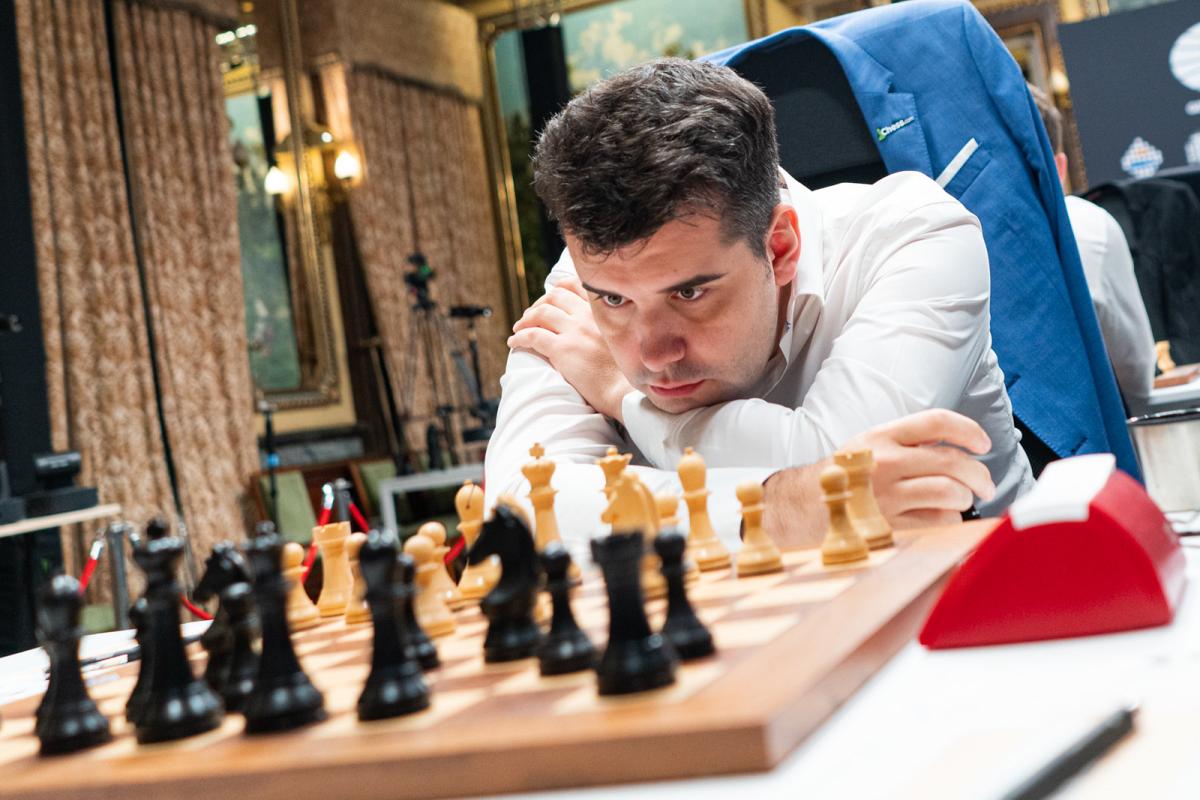Dating back to 1512, this checkmating pattern has many different variations, but it traditionally features a queen delivering the kiss of death with another piece protecting it, stopping the king from recapturing.
Pedro Damiano was a Portuguese chess player who lived from 1480 to 1544. A pharmacist by profession, his contributions to chess literature involve openings (1. e4 e5 2. Nf3 f6?, a dubious line he himself criticized in his book), chess compositions and the aforementioned mating pattern.
This puzzle, crafted by the man himself, is a great example of Damiano’s mate. White to play and mate in five:

White throws everything but the kitchen sink at his opponent to secure victory. After Rh8+!, Kxh8 is forced, and after the other rook is sacrificed in the same manner to make room for the queen (Rh1+ Kg8 Rh8+ Kxh8), Qh1+ leads to this checkmate on h7:

Damiano’s bishop mate looks fairly similar to this, with the bishop serving as the replacement of the pawn to protect the queen. Technically, it’s possible to imagine similar positions with rooks and knights as well, but these are the two main types of this checkmating pattern that players specifically denote with these names.
Damiano is also the originator of the legendary chess quote “if you see a good move, try to find a better one” – a saying often attributed to Emanuel Lasker and something that is still an excellent advice to enterprising and accomplished chess players alike, no matter where and how they play the royal game.












Published: Dec 27, 2022 07:20 am